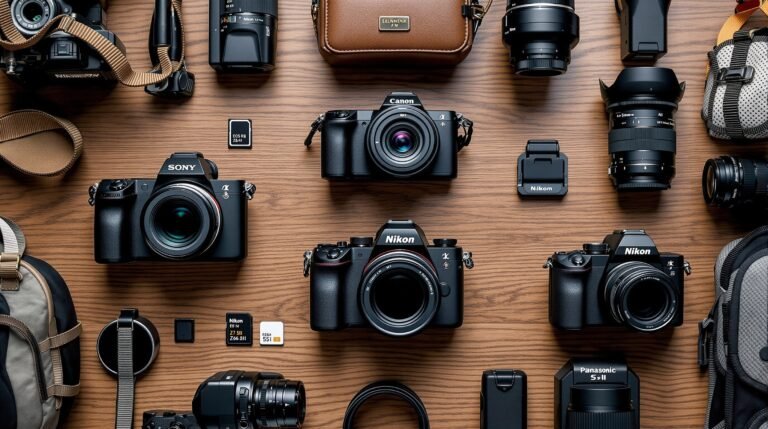Introduction
For photography enthusiasts, mirrorless crop sensor cameras strike the perfect balance between affordability, portability, and performance.
These cameras, featuring APS-C or Micro Four Thirds sensors, deliver exceptional image quality, fast autofocus, and versatile features without the bulk or cost of full-frame models.
Whether you’re capturing stunning landscapes, fast-paced action, or vibrant street scenes, a crop sensor mirrorless camera is an ideal companion.
In this article, we explore the top 10 mirrorless crop sensor cameras of 2025, highlighting their key features, pros, and cons to help camera lovers choose the perfect model.
Why Choose a Mirrorless Crop Sensor Camera?
Mirrorless crop sensor cameras are lightweight, budget-friendly, and offer a crop factor (typically 1.5x for APS-C or 2x for Micro Four Thirds) that effectively extends the focal length of lenses, making them ideal for wildlife, sports, and travel photography.
While they may not match full-frame cameras in low-light performance, advancements in sensor technology have significantly narrowed the gap.
These cameras are perfect for hobbyists, vloggers, and professionals seeking a compact yet powerful setup.
Benefits of Crop Sensor Cameras
- Portability: Smaller and lighter than full-frame cameras, perfect for travel.
- Affordability: Lower price points make them accessible for beginners and enthusiasts.
- Lens Versatility: Crop factor provides a tighter frame, great for telephoto shots.
- Advanced Features: Modern models include fast autofocus, 4K video, and in-body image stabilization (IBIS).
Top 10 Mirrorless Crop Sensor Cameras of 2025
Below is our carefully curated list of the best mirrorless crop sensor cameras, based on performance, features, and value for camera lovers. Each entry includes specifications, pros, cons, and why it’s a top pick.
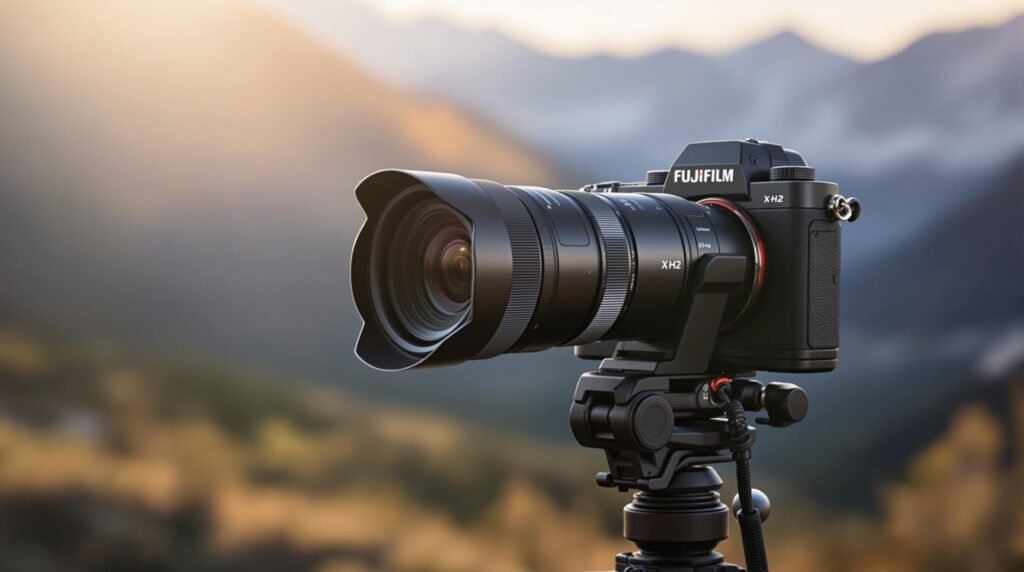
1. Fujifilm X-H2
Price: ~$2,000 | Sensor: 40.2MP APS-C X-Trans CMOS
The Fujifilm X-H2 is the pinnacle of crop sensor performance, earning its spot as the “Best Crop-Sensor Mirrorless Camera” for its class-leading resolution and robust video features. Its 40.2MP sensor delivers stunning detail, ideal for landscape and studio photographers.
With 7-stop IBIS, 15fps continuous shooting, and 8K video at 30fps, it’s a hybrid powerhouse.
The X-H2’s ergonomic design and extensive lens ecosystem make it a favorite among enthusiasts.
Pros: Exceptional resolution, professional-grade video, reliable autofocus.
Cons: Pricey for an APS-C camera, slightly bulky.
Why Buy: Perfect for photographers who demand high resolution and video versatility.
Learn More: Fujifilm X-H2 Review
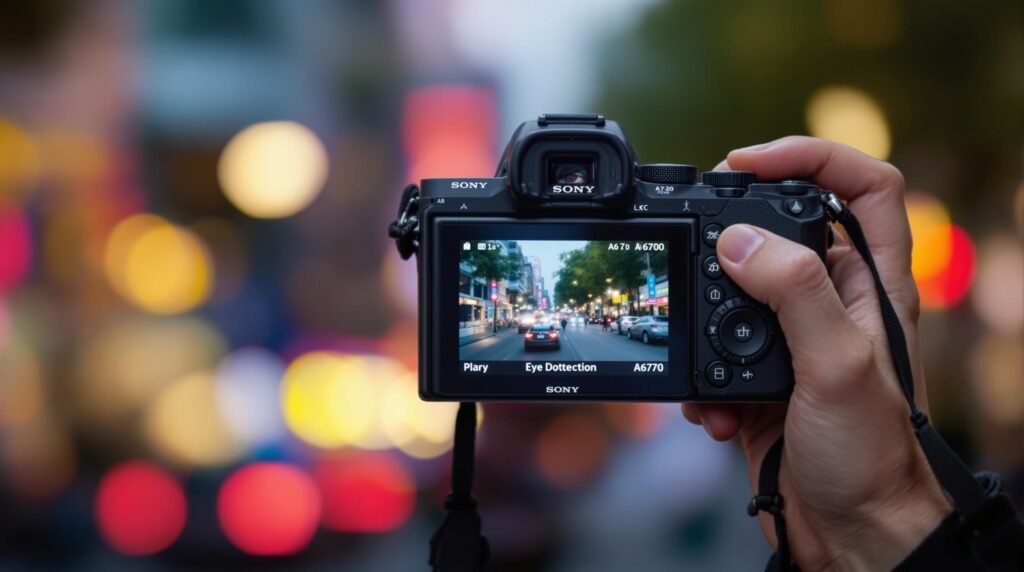
2. Sony A6700
Price: ~$1,400 | Sensor: 26MP APS-C BSI CMOS
The Sony A6700 is a compact enthusiast camera with best-in-class autofocus.
Its AI-driven subject detection excels for portraits, wildlife, and action, tracking subjects at 11fps.
The fully articulating screen and 4K/120p video (with a crop) cater to vloggers and videographers. Paired with Sony’s vast E-mount lens lineup, it’s a versatile choice.
Pros: Outstanding autofocus, compact design, great lens options.
Cons: No AF joystick, aggressive JPEG sharpening.
Why Buy: Ideal for action photographers and vloggers needing reliable AF.
Learn More: Sony A6700 Review
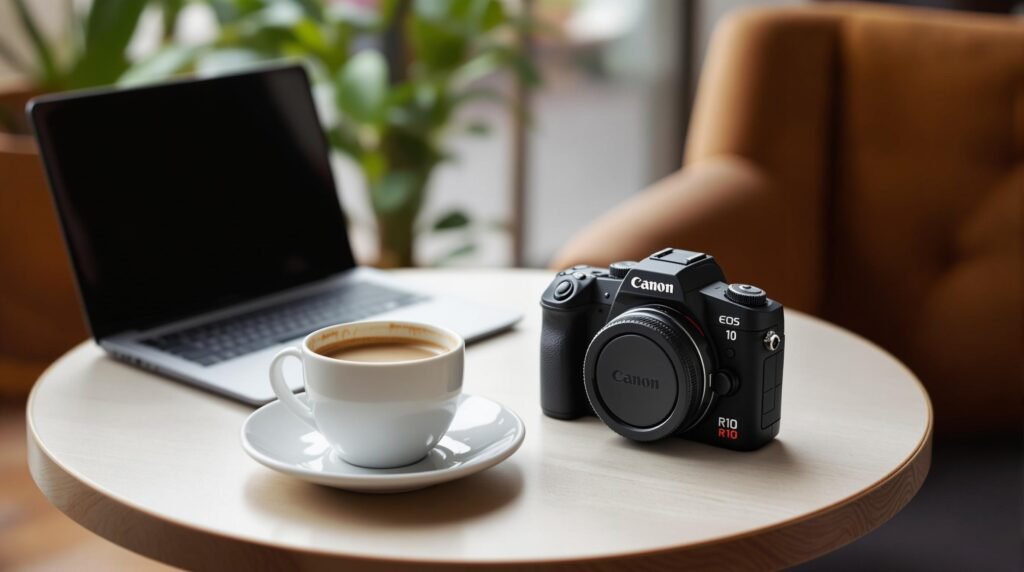
3. Canon EOS R10
Price: ~$1,000 | Sensor: 24.2MP APS-C CMOS
The Canon EOS R10 is the best beginner-friendly mirrorless camera, offering modern autofocus and a compact body.
Its 651-area AF system ensures sharp shots, while 4K/60p video and a vari-angle touchscreen make it a vlogger’s dream. The RF-mount lens system, though growing, supports excellent optics.
Pros: Affordable, intuitive controls, great for video.
Cons: Limited native RF lens options, no IBIS.
Why Buy: Perfect for beginners transitioning to mirrorless systems.
Learn More: Canon EOS R10 Review
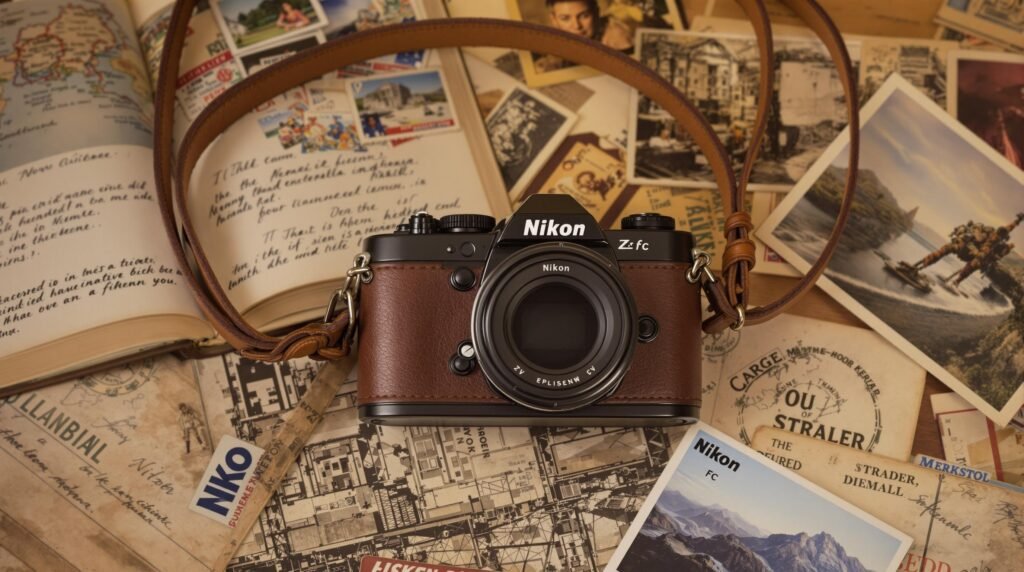
4. Nikon Z fc
Price: ~$900 | Sensor: 20.9MP APS-C CMOS
The Nikon Z fc combines retro aesthetics with modern performance. Its 20.9MP sensor delivers clean images at high ISOs, ideal for low-light photography.
The fully articulating touchscreen and USB-C charging enhance its appeal for travel and street photographers. The growing Z-mount lens system adds versatility.
Pros: Stylish design, excellent low-light performance, lightweight.
Cons: Limited prime lens options, no IBIS.
Why Buy: A fun, stylish camera for casual and travel photography.
Learn More: Nikon Z fc Review
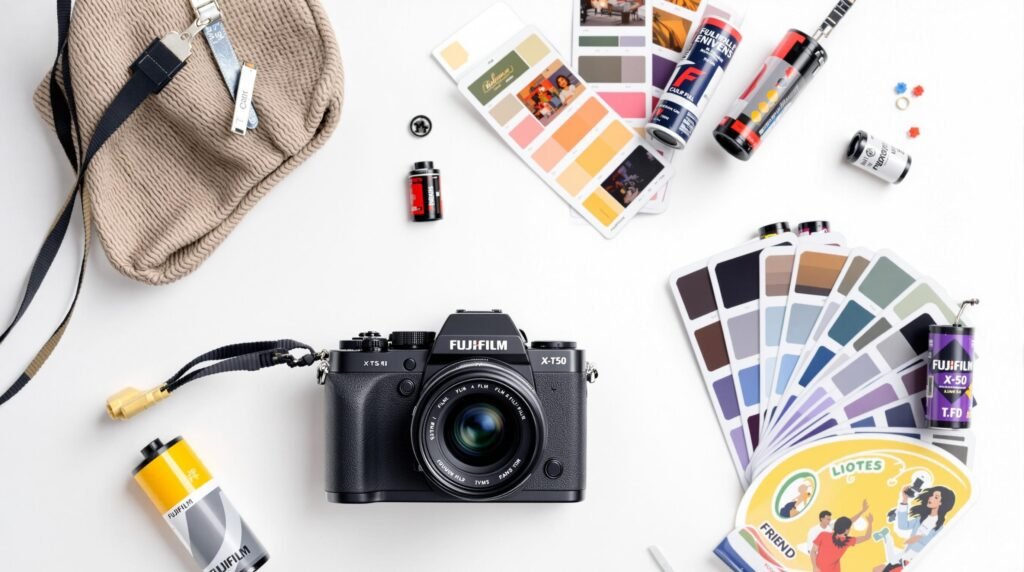
5. Fujifilm X-T50
Price: ~$1,400 | Sensor: 40.2MP APS-C X-Trans CMOS
The Fujifilm X-T50 is a compact alternative to the X-H2, offering the same 40.2MP sensor for stunning detail. Its film simulation modes and AF joystick make it engaging for creative photographers. With 4K/60p video and a robust lens lineup, it’s a strong contender for enthusiasts.
Pros: High resolution, creative film simulations, portable.
Cons: Autofocus less reliable than Sony or Canon, pricey.
Why Buy: Great for photographers who love Fujifilm’s color science.
Learn More: Fujifilm X-T50 Review
6. Canon EOS M6 Mark II
Price: ~$1,100 | Sensor: 32.5MP APS-C CMOS
The Canon EOS M6 Mark II is a compact mirrorless camera with a high-resolution 32.5MP sensor, perfect for detailed portraits and landscapes.
Its 14fps burst rate and 143-point AF system excel for action shots, while 4K/30p video suits hybrid shooters. The compact design is ideal for travel.
Pros: High resolution, fast shooting, lightweight.
Cons: Limited EF-M lens ecosystem, no built-in viewfinder.
Why Buy: A powerful compact option for enthusiasts.
Learn More: Canon EOS M6 Mark II Review
7. Olympus OM-D E-M5 Mark III
Price: ~$1,000 | Sensor: 20MP Micro Four Thirds
The Olympus OM-D E-M5 Mark III is a rugged, weather-sealed camera with class-leading IBIS.
Its 20MP sensor and 121-point AF system deliver sharp images, while the compact Micro Four Thirds lenses make it a travel favorite. It’s perfect for outdoor photographers.
Pros: Excellent IBIS, weather-sealed, compact system.
Cons: Smaller sensor limits low-light performance, no phase-detection AF.
Why Buy: Ideal for travel and outdoor photography.
Learn More: Olympus E-M5 III Review
8. Sony A6000
Price: ~$600 | Sensor: 24.3MP APS-C CMOS
The Sony A6000 remains a budget-friendly powerhouse for beginners. Its 179-point AF system and 11fps shooting make it great for action photography.
While limited to 1080p video, its compact size and low price make it a steal for new photographers.
Pros: Affordable, fast autofocus, lightweight.
Cons: No 4K video, older model.
Why Buy: Best budget option for beginners.
Learn More: Sony A6000 Review
9. Fujifilm X-S20
Price: ~$1,300 | Sensor: 26.1MP APS-C X-Trans CMOS
The Fujifilm X-S20 is a beginner-friendly hybrid camera with a 26.1MP sensor and 4K/60p video.
Its IBIS and film simulation modes make it versatile for stills and video, while the compact body suits travel photographers.
Pros: Great for video, intuitive controls, portable.
Cons: Autofocus not as advanced as competitors.
Why Buy: A versatile hybrid for beginners and enthusiasts.
Learn More: Fujifilm X-S20 Review
10. Canon EOS M50 Mark II
Price: ~$700 | Sensor: 24.1MP APS-C CMOS
The Canon EOS M50 Mark II is a compact, user-friendly mirrorless camera with a 24.1MP sensor and 143-point AF system. Its vari-angle touchscreen and 4K video make it ideal for vlogging and travel.
The EF-M lens system, though limited, offers quality optics.
Pros: Affordable, great for vlogging, lightweight.
Cons: Limited lens options, 4K video has a crop.
Why Buy: Perfect for vloggers and budget-conscious beginners.
Learn More: Canon EOS M50 Mark II Review
How to Choose the Right Mirrorless Crop Sensor Camera
Selecting the best camera depends on your photography needs, budget, and skill level. Consider these factors:
- Purpose: Prioritize video features (e.g., Fujifilm X-H2, Sony A6700) for vlogging or fast autofocus (e.g., Sony A6700, Canon R10) for action.
- Budget: Entry-level options like the Sony A6000 or Canon EOS M50 Mark II are great for beginners, while the Fujifilm X-H2 suits professionals.
- Lens Ecosystem: Sony and Fujifilm offer extensive lens options, while Canon’s RF and EF-M systems are more limited.
- Portability: Compact models like the Olympus E-M5 III or Sony A6000 are ideal for travel.
Features: Look for IBIS, 4K video, and weather-sealing based on your shooting environment.

